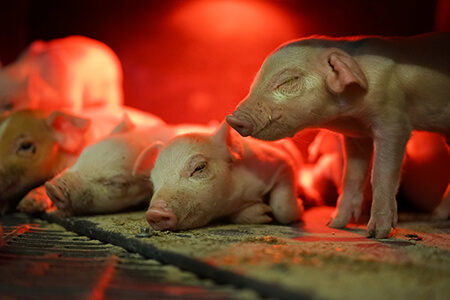This is a lesson summary. The full lesson can be viewed by purchasing an online course subscription.
Learning Objective
In this lesson we will look at how different types of kinetic energy are transferred.
Learning Outcomes
By the end of this lesson you will be able to:
- Explain what is meant by ‘energy transfer’.
- Describe how mechanical kinetic energy is transferred between objects.
- Describe how thermal energy is transferred by the processes of conduction, convection and radiation.
- Differentiate between thermal conductors and thermal insulators.
- Describe how radiant energy is transferred.
- Describe how sound energy is transferred.
- Describe how electrical kinetic energy is transferred.
- Differentiate between electrical conductors and electrical insulators.

(Image: oleksandr, Adobe Stock)
Lesson Summary
- Energy transfer is the movement of the same form of energy from one location to another.
- Only kinetic energy can be transferred directly.
- Mechanical kinetic energy can be transferred between objects through collisions, where one object gains energy and the other object loses energy.
- The transfer of thermal energy is known as heat transfer.
- It always occurs from regions of higher temperature to regions of lower temperature.
- Conduction is a type of heat transfer that involves the transfer of kinetic energy between particles in matter.
- Thermal conductors are materials that readily transfer heat by conduction, whereas thermal insulators are materials that do not readily transfer heat by conduction.
- Convection is a type of heat transfer that involves the movement of fluids via convection currents.
- Radiation is a type of heat transfer that involves electromagnetic waves.
- Radiant energy is transferred as electromagnetic waves, which consist of oscillating electric and magnetic fields.
- Radiant energy can be transferred through matter and through a vacuum.
- Sound energy is transferred as mechanical waves, which consist of oscillating particles.
- Sound energy can be transferred through matter, but not through a vacuum.
- Electrical kinetic energy can be transferred between objects with different charges and through electric circuits.
- Electrical conductors are materials that readily transfer electrical kinetic energy, whereas electrical insulators are materials that do not readily transfer electrical kinetic energy.

(Image: PxHere)
(Header image: zentilia, Adobe Stock)
